Frederica Freyberg:
I’m Frederica Freyberg. Tonight on “Here and Now,” in our first look segment, more trouble at the state’s juvenile prison. We’ll hear from a former guard there as well as a state senator. Then, an historian gives us an inside look at the JFK documents released Thursday. And a state and federally-certified health care navigator with information ahead of the start of next week’s open enrollment. It’s “Here and Now” for October 27.
Announcer:
Funding for “Here and Now” is provided, in part, by Friends of Wisconsin Public Television.
Frederica Freyberg:
A first look tonight at what’s being described as chaos at Wisconsin's youth prison. Governor Scott Walker late this week directed the Department of Corrections to install an interim administrator at Lincoln Hills and Copper Lake while the search for a new one is underway. This is in response to incidents at the youth correctional facility that have left several guards injured and new reports of inmates escaping to the roof of a building and throwing rocks and shingles at staff. The institution is currently under investigation by the FBI and the subject of a lawsuit over alleged inmate abuse. A federal judge this summer ordered staff to limit solitary confinement, use of restraints and pepper spray. While some are blaming that ruling with emboldening the inmates, the judge and attorneys for the inmates say it’s up to Corrections to determine how to manage inmates’ behavior without violating their constitutional rights. The most recent count shows 138 male juveniles are incarcerated and 22 females. We have two looks at this tonight, starting with a former youth corrections officer at the prison. Doug Curtis is also acting union steward there. Thanks for joining us.
Doug Curtis:
My pleasure.
Frederica Freyberg:
You retired about a year ago but are still actively involved. From your vantage point, what is it like inside that institution?
Doug Curtis:
It's very tense. The tension level goes up as soon as you walk in the gate. You don’t know what’s going to happen. And with the level of violence going on up there in the last couple of years, you realize that you’re in danger every second on the job. And there’s a lot of seconds on the job when you’re working three, four, sometimes five 16-hour shifts back to back. The tension and the stress on the employees is amazing.
Frederica Freyberg:
Now, inmate numbers have dropped. In January of last year there were 226 males at Lincoln Hills. Latest count is 138. I know that some judges regard sentencing there as a last resort. Does that figure into the dangerousness of those who are in there?
Doug Curtis:
The students we have now are the most dangerous we’ve ever had. The counties aren’t getting any money from the state, so they only send us students they can do nothing else with, the worst of the worst. And they’ve also eliminated a lot of the tools that we had to control behavior. They’ve become more and more lenient as the kids become more and more dangerous. That’s the situation on grounds right now.
Frederica Freyberg:
Do you deny that inmates’ civil rights were likely violated as the federal judge ruled or that prisoners were abused and subject to child neglect?
Doug Curtis:
I worked up there for 20 years. I never saw it. Some friends of mine that I did an interview with couple days ago agree with me. They worked a long time. They never saw it. Does that mean it never happened? It did happen. Very isolated incidents. You’re working with human beings and we do stupid things every once in a while. But, again, it’s very isolated. And certainly not as prevalent as people have been led to believe.
Frederica Freyberg:
Now, how in your mind did the judge’s ruling about curtailing the use of restraints, restrictive housing and pepper spray affect what is going on inside right now?
Doug Curtis:
It took the brakes off the wagon. The place was going downhill and now there’s no brakes. Pandora Lobacz, good friend of mine, she was the lady that was assaulted and has that horrible bruise on her face, would not have been attacked if the student had been in restraints. Thanks to the judge’s injunctions and the ACLU injunction, we were forced to put him in a classroom without restraints and that was the result.
Frederica Freyberg:
Is it an issue of staffing? I mean, would one need restraints and pepper spray and these other measures if there were enough people? Or is it not about that?
Doug Curtis:
Yes. You would need it. It’s the behavior of the kids that determines whether pepper spray is used. It’s not used as punishment.
Frederica Freyberg:
I want to just insert here that we did ask a person from the Department of Corrections to join us for this conversation, and they declined. And they also declined to provide a statement. But I want to ask you what you think needs to be done.
Doug Curtis:
There's three things. Money. If you’re not going to pay for change, you’re not going to get change. If nothing changes, someone’s going to be injured very badly or killed and the lawsuit is going to be massive. Two, you need bodies. The governor has said that there’s — they’ve allocated enough for eight more youth counselors. We need 35. And that’s just youth counselors, not including social workers, teachers, psychological staff and others that keep that place running. Third, we need a prosecutor willing to prosecute every crime these kids commit up there. Without prosecution, what is the deterrent to taking a swing at staff? There is none.
Frederica Freyberg:
Now, in directing the DOC to hire an interim administrator, the governor said, “We cannot allow individuals convicted of battery, armed robbery and even murder to feel empowered to attack staff and each other at these institutions.” So with those words, do you feel as though the governor has the staff’s back?
Doug Curtis:
No. No. Since Act 10, Corrections, not just at Lincoln Hills, has been ignored. Essentially, the line staff up there haven’t gotten a raise since 2008. They gave us a 1% raise, most of which they took for additional retirement and medical payments. We’ve fallen behind dramatically every year.
Frederica Freyberg:
Now, apparently the state budget does include funding for raises. I don’t know what that figure would be. But the federal judge says that the state of Wisconsin has a duty to provide a safe and healthy environment for both the youths and staff. Why can’t the state of Wisconsin do this?
Doug Curtis:
They have a very dangerous situation where people work staggering amounts of overtime. They can’t get somebody to come up there and work, not for what they’re offering. We may get 20 people from the academy. If we’re lucky, we’ll keep five. We’re going to be getting nine people from the academy, but before January we’re going to have eight people leaving for retirement, getting another job or just getting out. So we’ll gain one, if we get that many to stay.
Frederica Freyberg:
All of this being said, do you think that this institution should be shut down?
Doug Curtis:
No. The first impulse by one of the legislators was to quit. Not fix the problem. Quit. Well, we’ve got a problem that needs fixing. And dumping the whole deal is not an answer. We need to protect the staff. We need to provide the services we’re required by law to provide. We’re not going to do that unless they pony up the money.
Frederica Freyberg:
All right. Doug Curtis, we need to leave it there. Thanks for joining us and telling us about the institution.
Doug Curtis:
You're most welcome.
Frederica Freyberg:
Now we turn to a state lawmaker from Milwaukee who has deep concerns about the juvenile correctional facility. Some 40% of the inmates are from that city. Senator LaTonya Johnson joins us from Milwaukee and thanks a lot for being here.
LaTonya Johnson:
Thank you for having me.
Frederica Freyberg:
Well, so what do you think should happen with Lincoln Hills and Copper Lake?
LaTonya Johnson:
I think Lincoln Hills should be closed. But it needs to be closed with a plan in place to house those children once they — once the facility is closed so they can be relocated closer to home.
Frederica Freyberg:
And do you have a model for what that would look like?
LaTonya Johnson:
I don’t necessarily have a model for what that should look like. There has been some interest expressed with the Missouri model, smaller facilities, more — that resemble more like pods and closer to the place where these children are from. Having their families visit is of great importance to making sure that these children learn new behaviors. And having them so far away from home is challenging.
Frederica Freyberg:
What is your reaction to the reported injuries suffered by correctional staff there in recent days?
LaTonya Johnson:
It's troubling. It’s concerning. And it shouldn’t be tolerated. This has gone on for far too long. We’re looking at about three years now, since about 2014. There’s an ongoing investigation. There was supposed to be changes made to ensure the safety of both the correctional officers and the children. But instead of seeing Lincoln Hills and Copper Lake go in a new direction, we continue to see these injuries to both the correctional officers and to the juveniles that are housed there. It’s impossible to make sure that Lincoln Hills is safe. And for that reason, it needs to be closed.
Frederica Freyberg:
Well, what went wrong in that institution?
LaTonya Johnson:
I personally think that Lincoln Hills and Copper Lake was set up for failure in the beginning. Anytime you have to depend on one correctional facility to house your juveniles, if something goes wrong with that facility, you have no other resource. Not only has Lincoln Hills been a source of complications for the juveniles that are housed there. It’s posing problems and complications for juveniles here in Milwaukee because the judges don’t want to sentence children to Lincoln Hills. They’re being kept here at the Vel Phillips Center that has a capacity for about 110 kids, who at last count was housing somewhere around 130 kids. So it’s causing other failures in the system.
Frederica Freyberg:
Who do you blame?
LaTonya Johnson:
I blame the state. It’s our responsibility to make sure that the staff and the children are safe. That’s our one priority, our one responsibility. And right now, no one’s being held accountable for that safety. We can’t expect those children to not come out and to not reoffend when we’re teaching them to reoffend. If these children are given the right programming, resources and the right medical attention, they should become productive citizens. But they’re not getting any of that right now.
Frederica Freyberg:
Well, as to that point, would more of these kinds of staff help if you were to keep this facility open?
LaTonya Johnson:
I think staff that are properly trained, given the right resources and the right support. Then juvenile justice, it works. It can work. But what Lincoln Hills and Copper Lake is lacking is all of that. It’s lacking proper training for the staff, the resources and the supports that they need, which is why we keep seeing these incidents that are causing both the staff and the students to be unsafe.
Frederica Freyberg:
Do you think it’s true, as the governor says, that violent individuals in these institutions have become emboldened by media reports and these court-ordered changes?
LaTonya Johnson:
No, I don’t. I don’t. We have to remember that Lincoln Hills and Copper Lake is a juvenile facility. That is what they are supposed to specialize in. Which is helping these children to not reoffend. So to say that the media is embolding them, it’s ridiculous. The reality is that the facility is unsafe and nobody’s being held accountable. They haven’t gotten the right training or resources, and that’s why Lincoln Hills and Copper Lake is unsuccessful.
Frederica Freyberg:
All right. We leave it there. Senator LaTonya Johnson, thanks very much for joining us.
LaTonya Johnson:
Thank you.
Frederica Freyberg:
A large batch of the long-awaited and last remaining classified files of the investigation into the 1963 assassination of President John F. Kennedy were made public Thursday. The documents were held from public view for 25 years, until this week, when President Donald Trump decided to release them. Many files remain under agency review for the next 180 days, but Thursday's release gave historians plenty to pore over, including Madison College history instructor Dr. Jon Pollack and thanks a lot for being here.
Jon Pollack:
Thanks for inviting me.
Frederica Freyberg:
So with that said, how many of these files have you managed to pore through since late yesterday?
Jon Pollack:
Like five. I haven’t made a huge amount of headway on that.
Frederica Freyberg:
And in those five, did you see anything that was illuminating?
Jon Pollack:
Well, so the first thing I did was I looked at — anybody can do this, go to the national archives website. It’s pretty easy to get to this big excel spreadsheet that has the files on it. So I was kind of scrolling down and I was looking for a headline that looked kind of interesting. I saw Castro. I thought, “Ok, this will be great.” So I clicked on that. It was a document written, I want to say in the mid-1970s, was kind of intra-agency kind of history of CIA efforts to kill or otherwise mess with Castro in some fashion. And there were things we all kind of knew about. I mean, there might have been — I'm not super expert in what exactly did various CIA agents kind of spitball around and say this would be a good way to get rid of him, but they seemed in line with other things that were being talked about.
Frederica Freyberg:
What were you hoping to find, if anything, in these long-awaited documents?
Jon Pollack:
Honestly, I really didn’t have much hope for it at all. I was looking for a title that jumped out because I thought most of what was going on — most of what would be in the files would be kind of transcripts of conversations, of random bits of intelligence coming in which might have been — could have been things that in other documents that are already released were revealed to be bogus or stories that didn’t check out or things where it was just one little piece of evidence that turned into a dead end. So I didn’t have a whole lot of high hopes going into this.
Frederica Freyberg:
What about the stuff that they have held back for another 180 days? What do people like yourself think might be embodied in those?
Jon Pollack:
Yeah. So I think what’s in there also is going to be relatively minor, that it’s going to be — I think what’s going to be in those documents might be names of people who are still in some fashion working in intelligence for the United States or if you’ve got, you know, a parent and child with the same name who are both in intelligence, because that’s something families sometimes sort of go into. So those are being held back so as not to jeopardize anybody who’s out in the field. I don’t think — it wouldn’t make sense for there to be this really juicy information that we’re just holding on to for another 180 days, de-classify it and then it’ll change everything.
Frederica Freyberg:
Right. But after waiting 25 years for this stuff, would this be regarded as kind of a dud or don’t you think we actually know yet?
Jon Pollack:
I think it is kind of a dud. I think we know what’s out. I think we know pretty much everything that’s going to be out there that’s going to be released. I mean, I think, you know, there are a few different scenarios I have. Partly is the most simple explanation which is, yeah, Oswald shot Kennedy. He had various ideas. He had been in Russia. He had been in Mexico City, talking to Cubans and Russians which we now have a little more information about through the most recent release. But we don’t have intent. That hasn’t been captured. And who told him — what did people talk to him — we don’t have records of those conversations nor do I think those are going to surface. But yeah. It’s — I think the — most of what we know is in there. If we are going to be nefarious about it, if we’re going to be conspiratorial and say, “OK, so maybe that’s not it.” If the CIA or the FBI or Johnson or Johnson's driver or whoever the heck conspired to shoot Kennedy, taking on a president compared to like burning government documents, you know, taking government documents home and putting them in your fireplace and setting them on fire, might that not have happened? You know? I mean, federal agencies by law are supposed to save their documents. So if we’re a mindset that says well people from the federal government or outside of it, they’re also not supposed to shoot the president. That’s a no-no. If people have the gumption to do that, then wouldn’t they also have demolished the paper trail on that? Would that have been captured in a paper trail? For minor level workplace gossip, people don’t email that stuff back and forth. They talk to their coworkers about it. And so for something of this magnitude, would people really have typed up memos in triplicate and said, “Hey, here’s how we’re going to take down the president?” Likely? No. So if those things–if there’s a more nefarious reason or conspiracy behind Kennedy's death, then it’s probably not going to be captured in documents at all.
Frederica Freyberg:
All right. Well, still we’re waiting for the next round in 180 days. Jon Pollack, thanks very much.
Jon Pollack:
Thanks for having me.
Frederica Freyberg:
Next Wednesday, November 1, the six-week enrollment period begins for health care under the Affordable Care Act. In tonight’s look ahead, we talk with one of Wisconsin's federally-certified navigators, who helps people looking for care in the ACA marketplace. Adam VanSpankeren is a health care navigator for “Covering Wisconsin.” The agency is funded in part by state and federal health agencies. Thanks very much for being here.
Adam VanSpankeren:
Thank you so much for having us.
Frederica Freyberg:
So how does this six-week enrollment period compare to previous years?
Adam VanSpankeren:
The six-week part, first of all, obviously, so previous enrollment periods have gone from November 1 to the end of January and have even been, in some cases, extended based on need that people still need to get insurance for the following year. This year it is cut down to six weeks. It’s just November 1 to December 15. And we’re expecting a lot of people to be struggling to make those times work and then just to navigate the system. So we are here to help with that.
Frederica Freyberg:
So why is that a struggle, that six-week period, as opposed to a longer one?
Adam VanSpankeren:
Sure. People have until December 15 to get insurance for January 1. Making the time to go online, to call the marketplace, whatever people are comfortable doing, it’s not easy. Insurance isn’t easy. So having to try and decipher that on your own is really hard.
Frederica Freyberg:
How do you help?
Adam VanSpankeren:
How do I help? How do we help as navigators? We sit down with people and we provide free, in-person assistance. We talk them through the website, show them how to enroll and really help them. We educate. We make it easy. We break down those tough insurance concepts and say. “This is what this means for you and your family.”
Frederica Freyberg:
How do people find a navigator?
Adam VanSpankeren:
Anyone can find a navigator by calling 211. Our website, CoveringWI.org, has a find local help feature. Healthcare.gov has a find local help feature. So searching online. Just knowing it is a navigator you’re looking for helps a lot.
Frederica Freyberg:
What kind of changes should enrollees expect in premiums or coverage?
Adam VanSpankeren:
So premiums go up every year. That’s true of health care universally. And we’re expecting premiums, even in Wisconsin, I think to go up by as much as 50% in some cases. That’s a lot of money. It was already a lot of money for people to paying. But the important thing is the tax credit, the discount that people see when they’re lower-income, and even people who do make kind of decent amount of money can still get a discount. That discount goes up when the premiums goes up. So what people see at the end of the day and what they’ll have to pay month to month could still be very affordable and probably will be for them.
Frederica Freyberg:
So is it expected that subsidies will cover the increases?
Adam VanSpankeren:
Maybe not 100%, but yes. Those tax credits go up. The discounts go up to manage those increases.
Frederica Freyberg:
Have you seen the effect of government spending on outreach and ads being cut by 90% this year?
Adam VanSpankeren:
I did see that.
Frederica Freyberg:
How so?
Adam VanSpankeren:
We — the federal government normally sends out a lot of different alerts letting people know that the marketplace is still there. There has been obviously a veil of confusion over the whole conversation with the different repeal and replace efforts. It’s important people know that Obamacare is there. The CMS, HHS, Health and Human Services will normally help us organize events and appear at those events to help kick off open enrollment and that has just been not forthcoming this year.
Frederica Freyberg:
And so navigators and places like “Covering Wisconsin” have had to do that themselves?
Adam VanSpankeren:
We do it ourselves anyway. The outreach is important. It’s critical, actually. But it seems more important than ever this year. A shorter open enrollment period, increased confusion, it’s hard. People need to know we’re still here. Tax credits are still here. Affordable insurance is still an option. Obamacare is still here.
Frederica Freyberg:
250,000 people, we’ve just checked, are currently enrolled in the ACA marketplace.
Adam VanSpankeren:
In Wisconsin.
Frederica Freyberg:
In Wisconsin. How many are out there that are not insured?
Adam VanSpankeren:
Wisconsin still has about 300,000 people who are still uninsured, which is kind of staggering to think about. We are doing our best to connect with those people, get them on the programs they should be eligible for. Children, families especially for BadgerCare, we help with that as well. That’s our local Medicaid program, to connect them to it. Most people are eligible for a tax credit on the marketplace. We can sit down during open enrollment with anyone and show them their options, show them how much they could save and how affordable insurance is.
Frederica Freyberg:
Have health insurers stopped selling plans in Wisconsin because of uncertainty or the loss of these cost-sharing reduction subsidies?
Adam VanSpankeren:
Sure. Yes, a number of insurers have pulled out of different markets in Wisconsin. We still have 11 major insurers in the state participating. In most areas there are two to three to four plans available for people to choose from. Not plans — companies — that is plans. They have many different plans on the marketplace to choose from. We still have a really healthy market here in Wisconsin.
Frederica Freyberg:
What's the bottom line advice for people seeking to enroll this year?
Adam VanSpankeren:
The bottom line is do it sooner rather than later. And if you need help, help is available. So go online, call 211, look for “Covering Wisconsin,” find a navigator. If I — insurance is never easy. And people have questions. I don’t want those questions to stop them from seeking help, because we’re here. We have the answers. We want to get you enrolled.
Frederica Freyberg:
If one were to call 211, find a navigator and have an in-person meeting, how long should they expect to take with you or someone else?
Adam VanSpankeren:
We tend to budget an hour and a half. It usually takes a lot less. We like to have that amount of time available to answer questions and to really help people feel good about the choice they’re making, to understand the many insurance things we talk about. And also I should mention going online to CoveringWisconsin.org, anyone can schedule an appointment with a navigator just by clicking the link there. We have our schedules up. You can find the next available appointment and book it yourself.
Frederica Freyberg:
Great information. Adam VanSpankeren. Thanks very much.
Adam VanSpankeren:
Absolutely. Thank you for having me.
Frederica Freyberg:
Now for Wisconsin look and news from the Dane County courthouse. That’s where Dane County D.A. Ismael Ozanne held a press conference this week about staffing levels in his office, calling his lack of prosecutors a public safety crisis. Ozanne says and reporting shows that in Dane County and around the state, staffing levels have been stagnant since 1985. As populations increase, D.A. offices become inundated with cases. A bill is currently working through the state Assembly that would grant counties more prosecutor positions. Ozanne says he has asked over the past three budget cycles for 11 to 12 assistant D.A. positions. Under the bill Dane County would receive none, while other counties would receive at most two extra positions. And that is our program for tonight. I’m Frederica Freyberg. Have a great weekend.
Announcer:
Funding for “Here and Now” is provided, in part, by Friends of Wisconsin Public Television.
Search Episodes
News Stories from PBS Wisconsin

Donate to sign up. Activate and sign in to Passport. It's that easy to help PBS Wisconsin serve your community through media that educates, inspires, and entertains.
Make your membership gift today
Only for new users: Activate Passport using your code or email address
Already a member?
Look up my account
Need some help? Go to FAQ or visit PBS Passport Help
Need help accessing PBS Wisconsin anywhere?

Online Access | Platform & Device Access | Cable or Satellite Access | Over-The-Air Access
Visit Access Guide
Need help accessing PBS Wisconsin anywhere?

Visit Our
Live TV Access Guide
Online AccessPlatform & Device Access
Cable or Satellite Access
Over-The-Air Access
Visit Access Guide
 Passport
Passport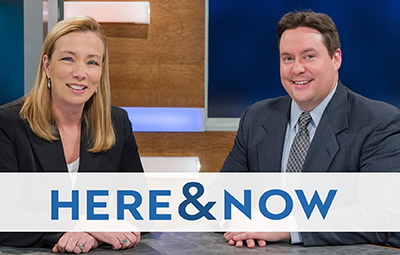





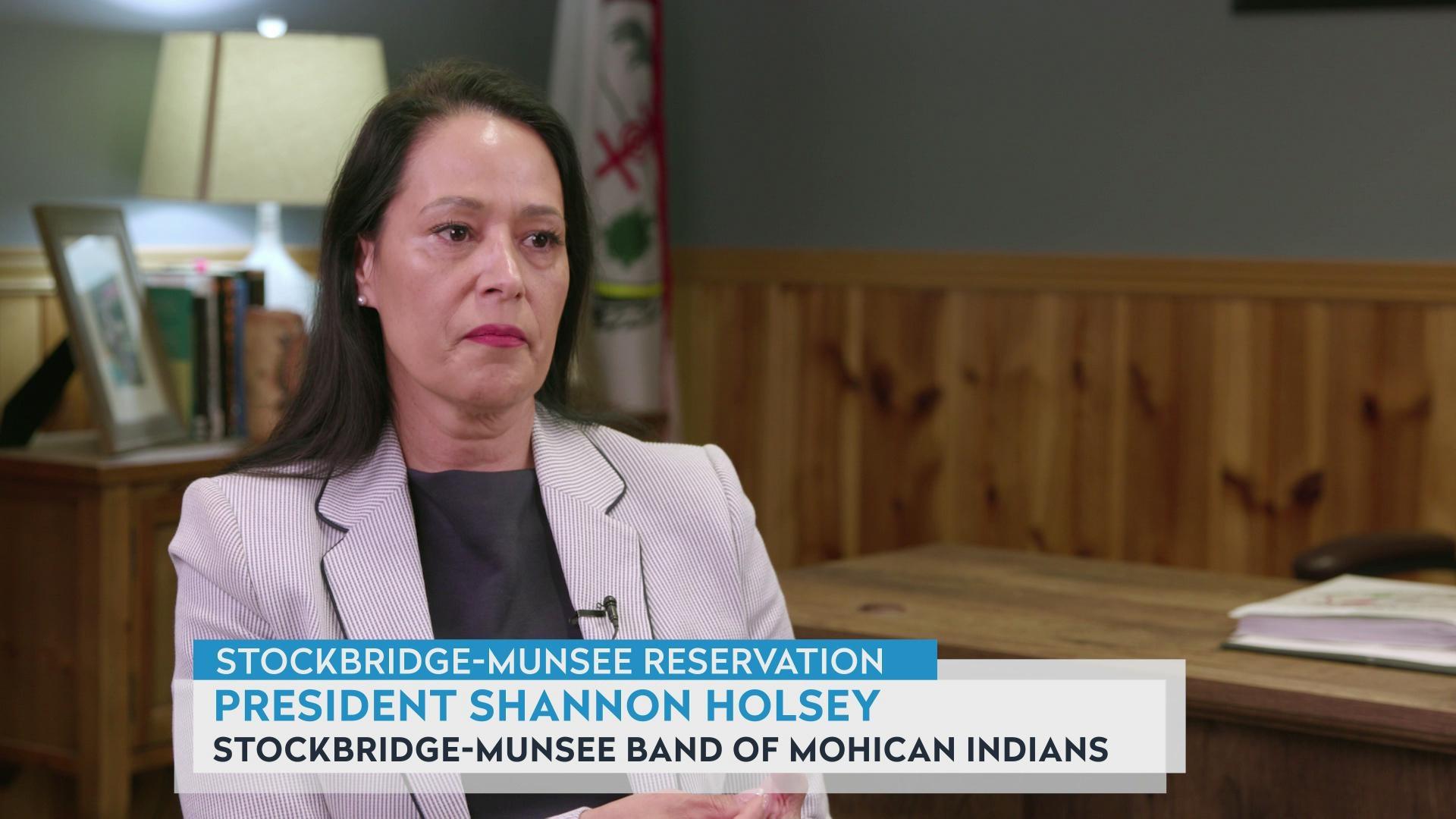

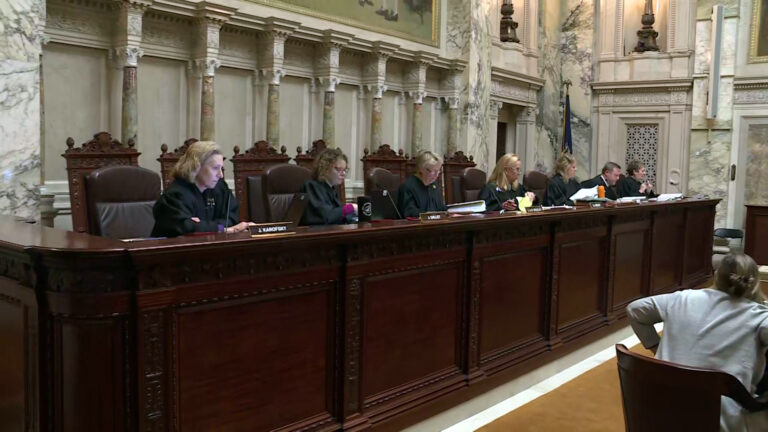
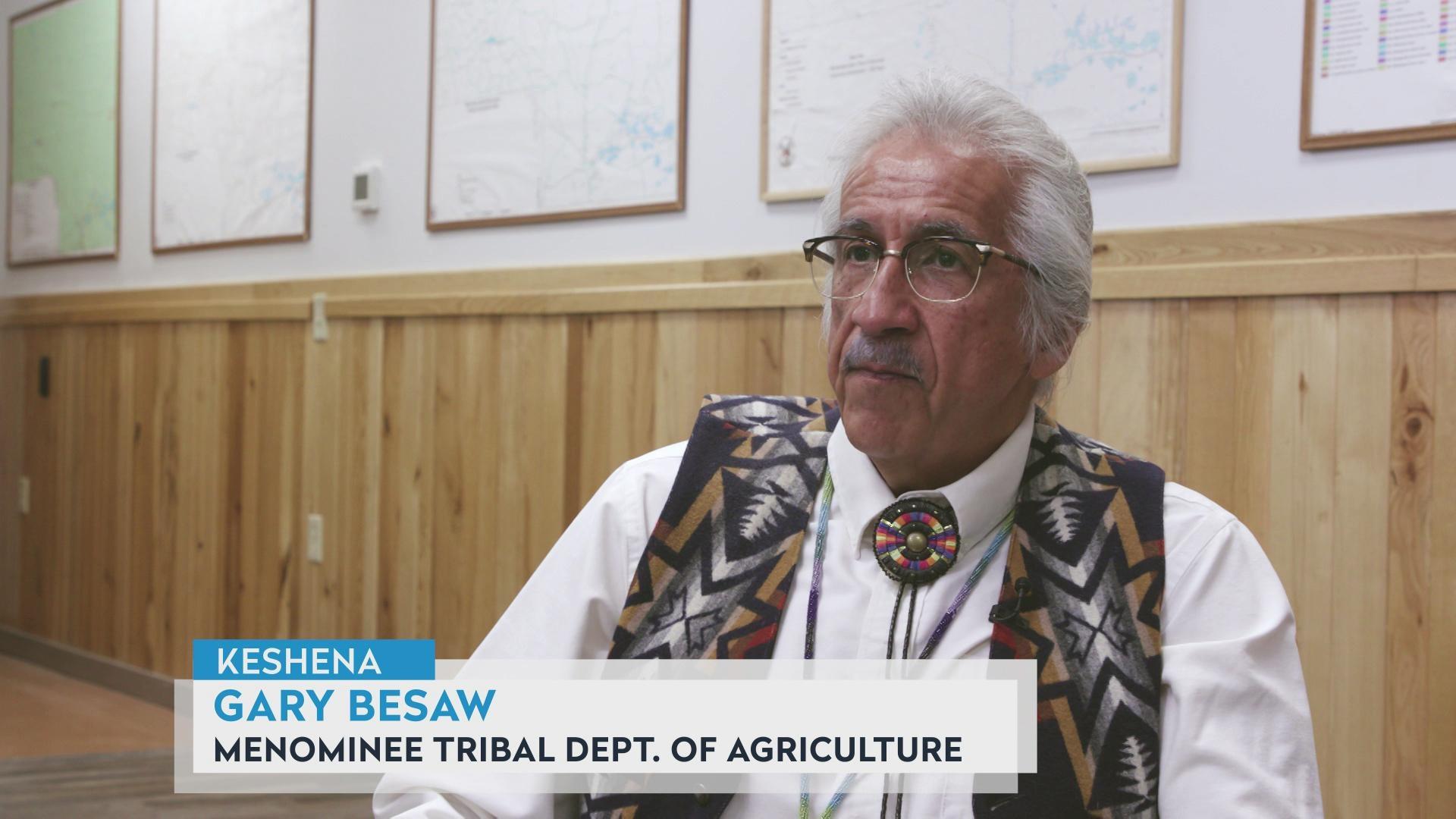
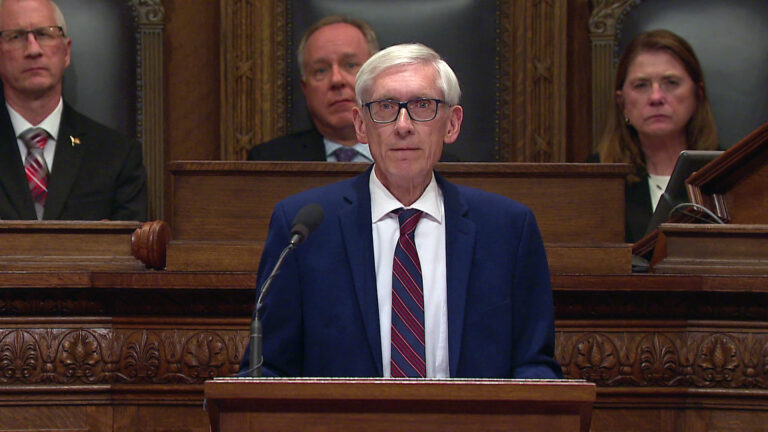

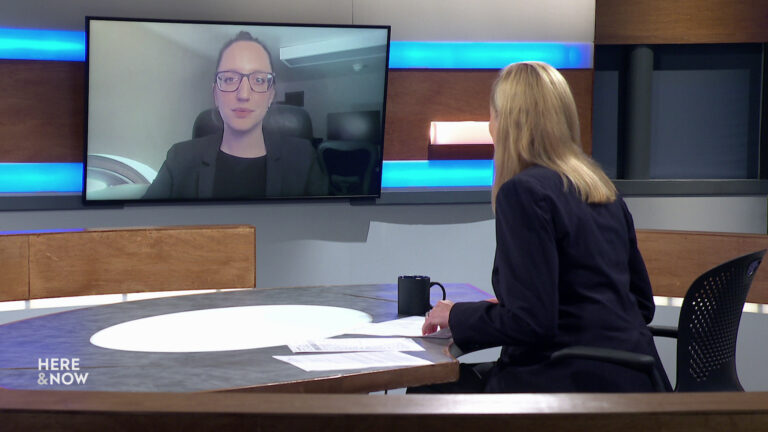

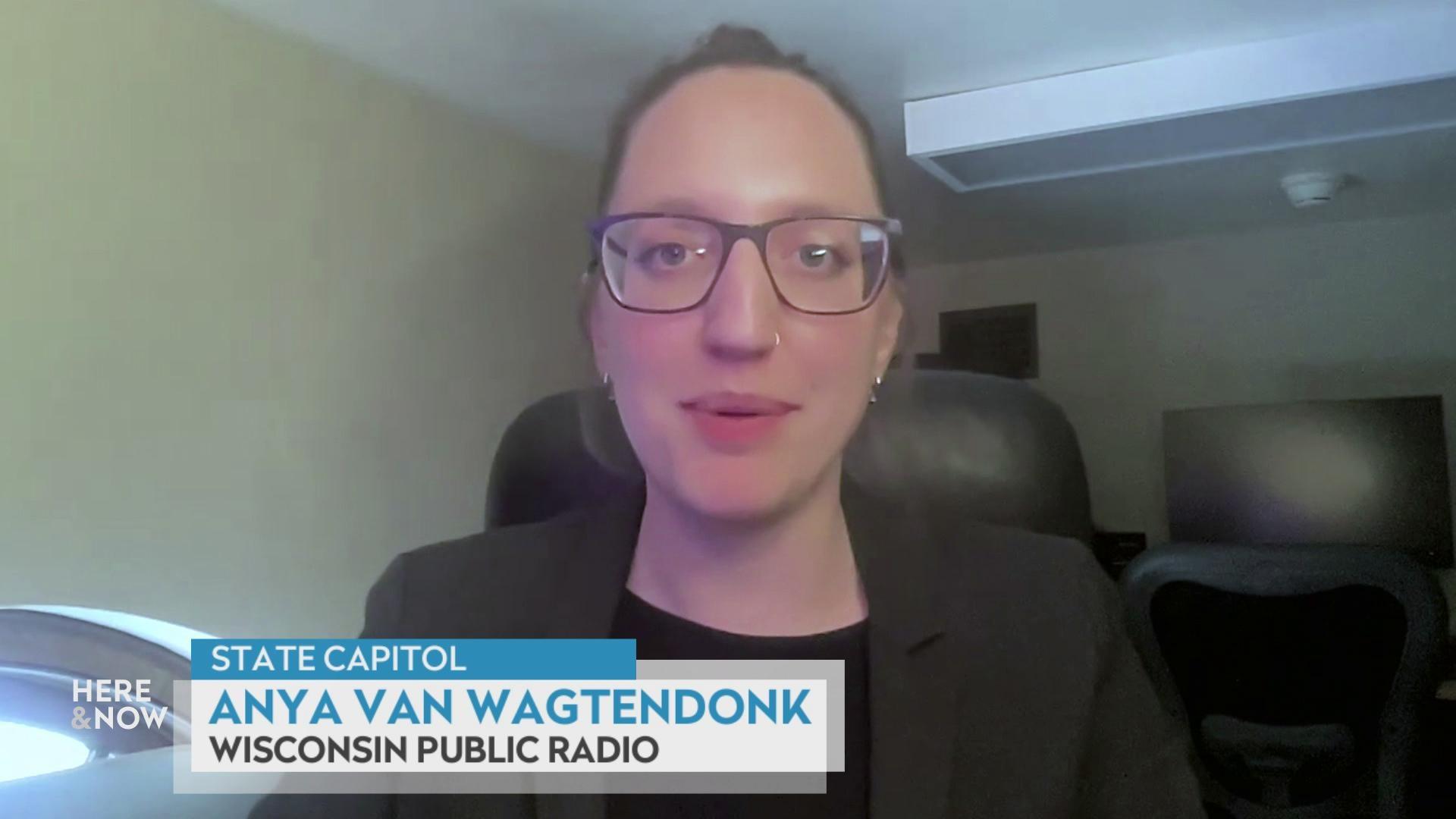
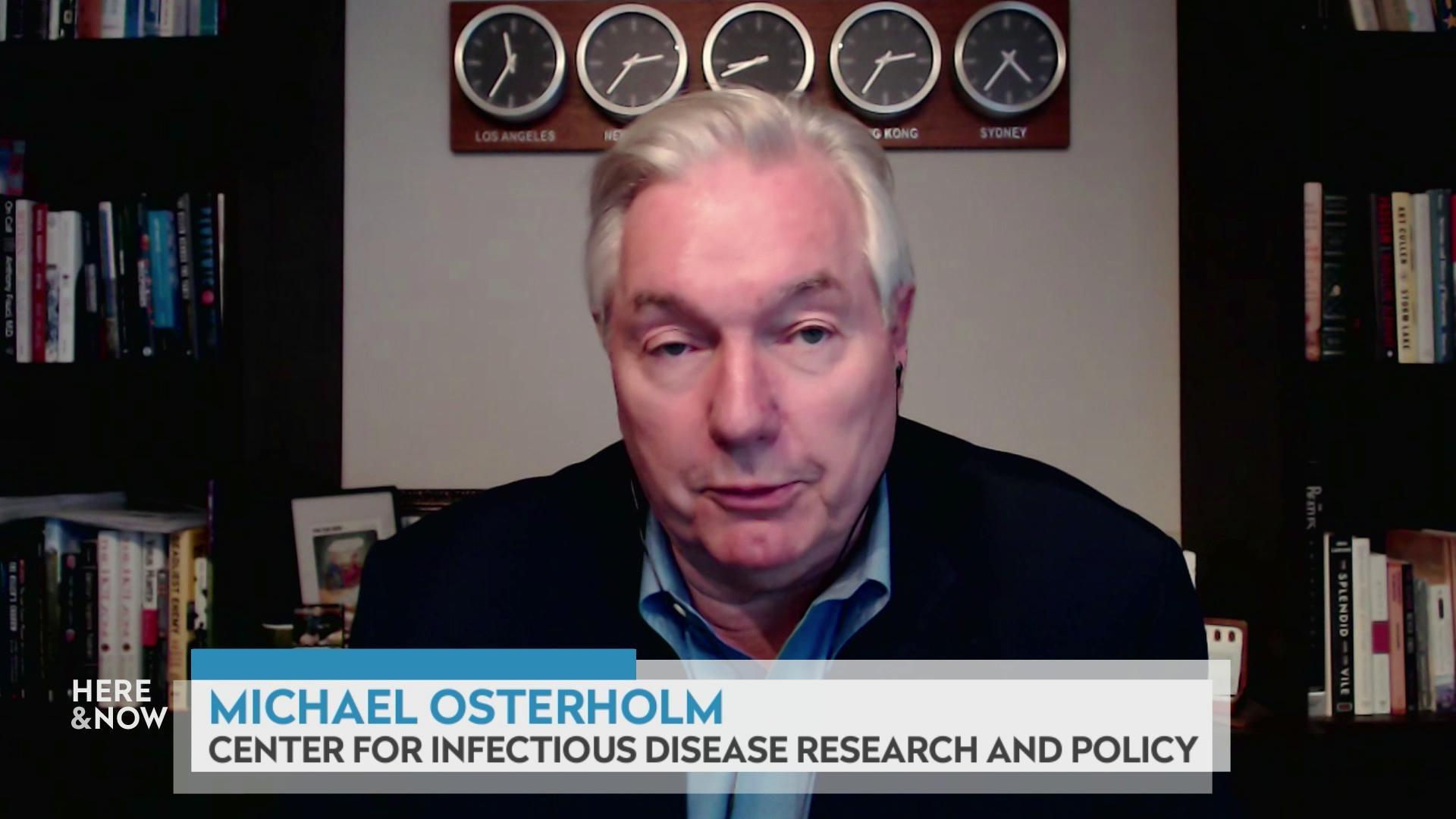
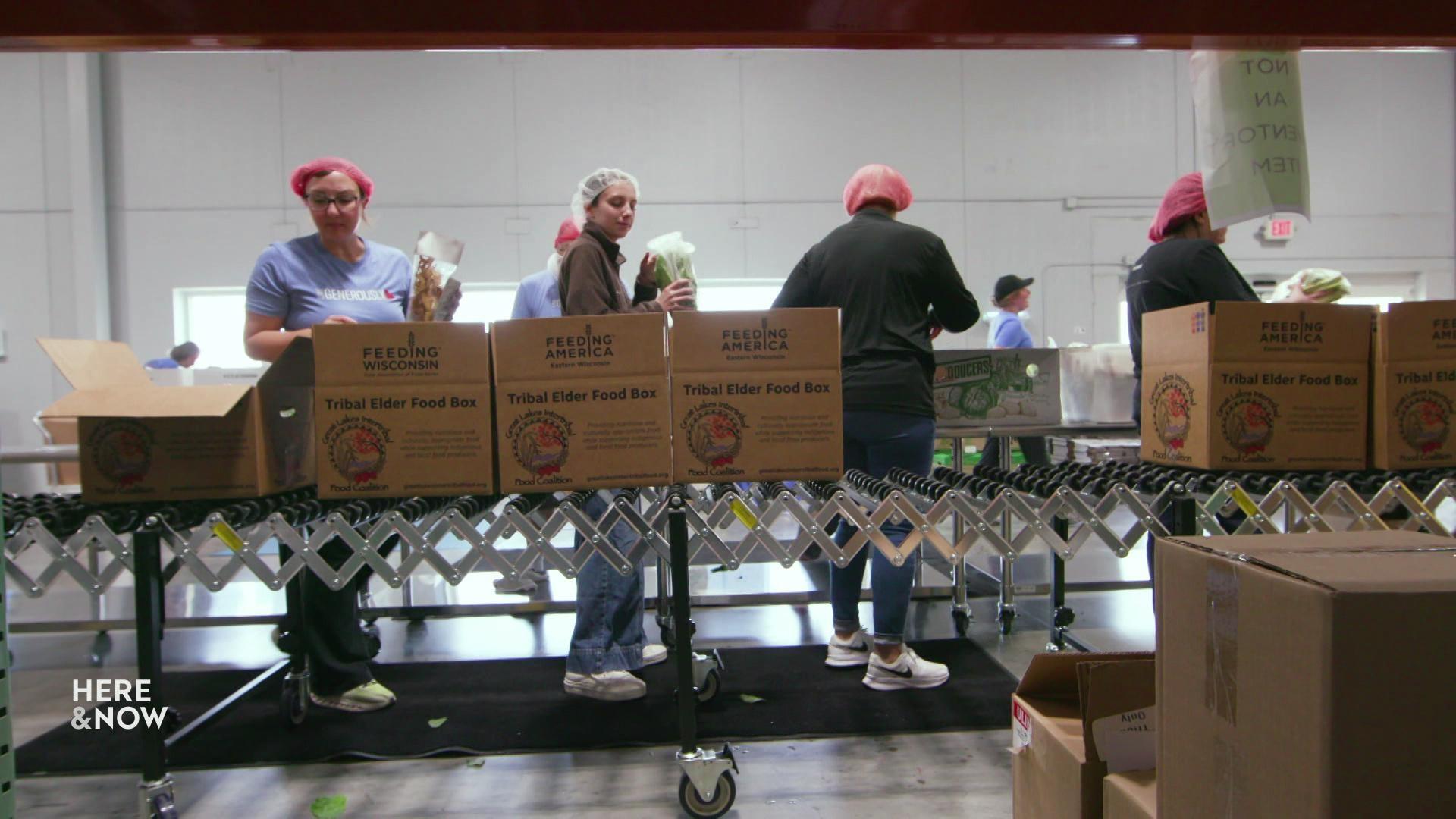


Follow Us